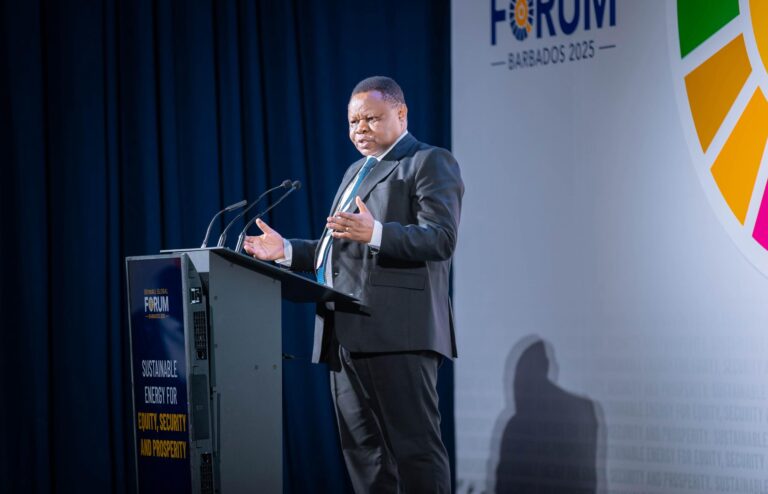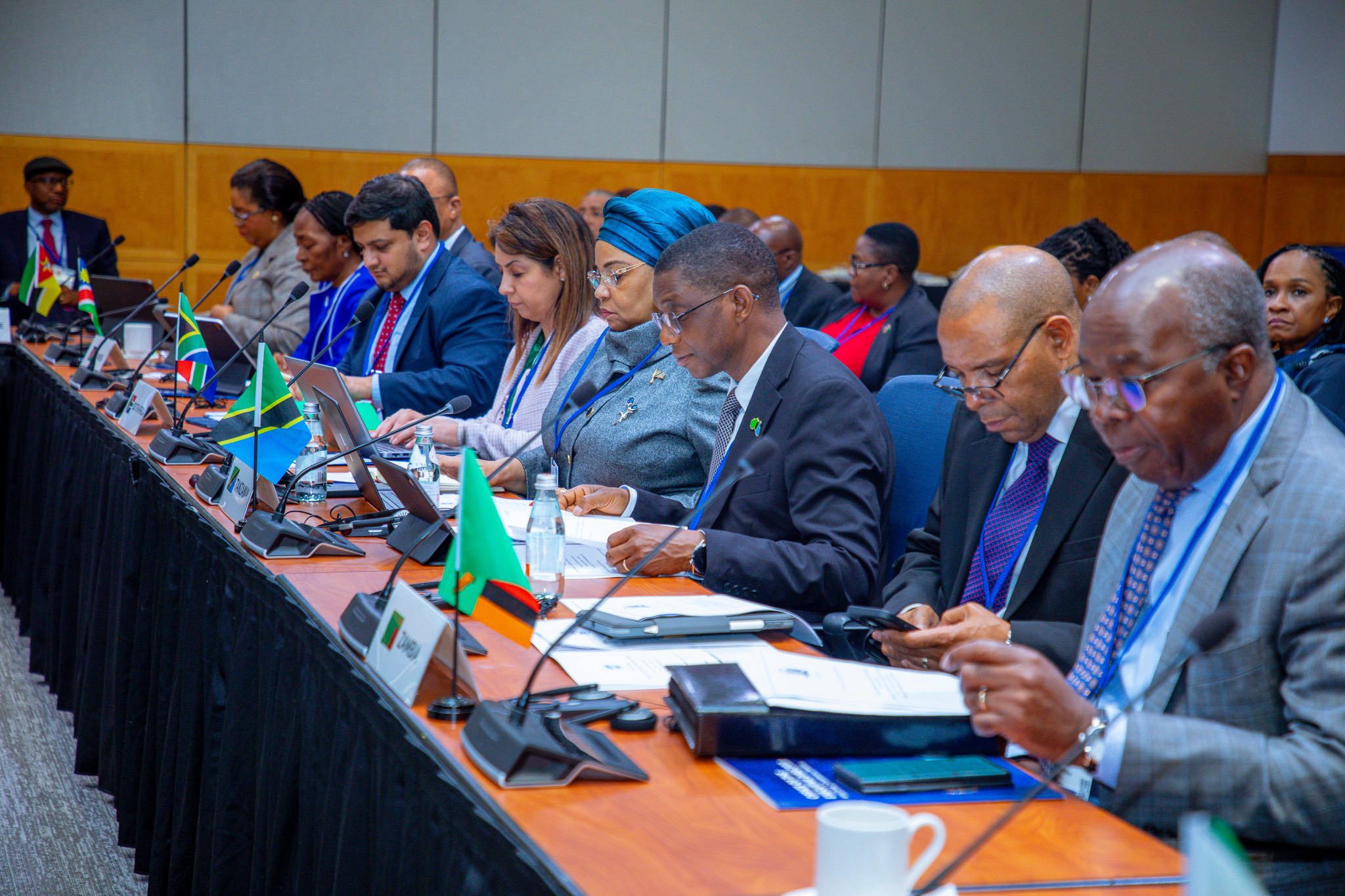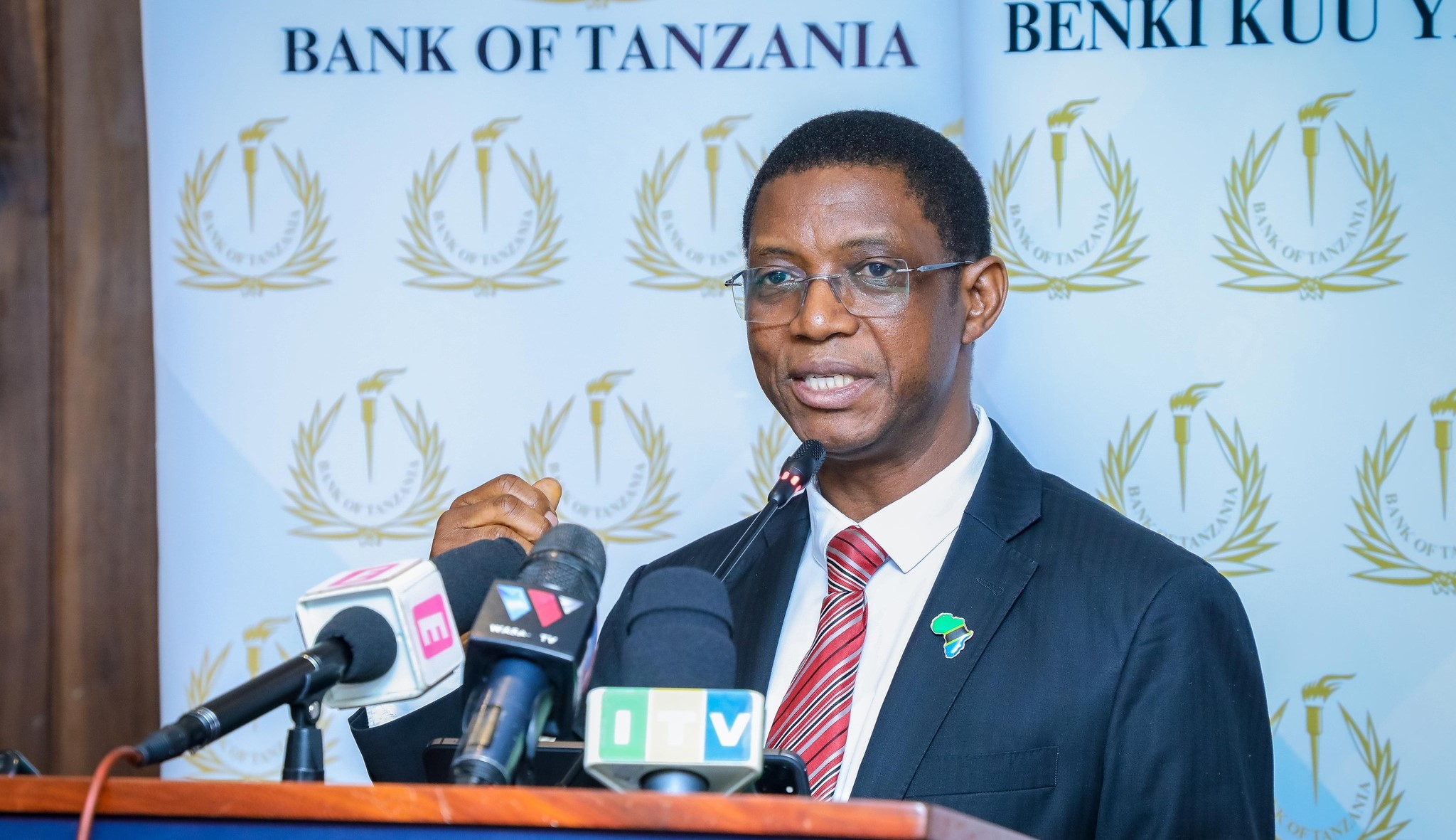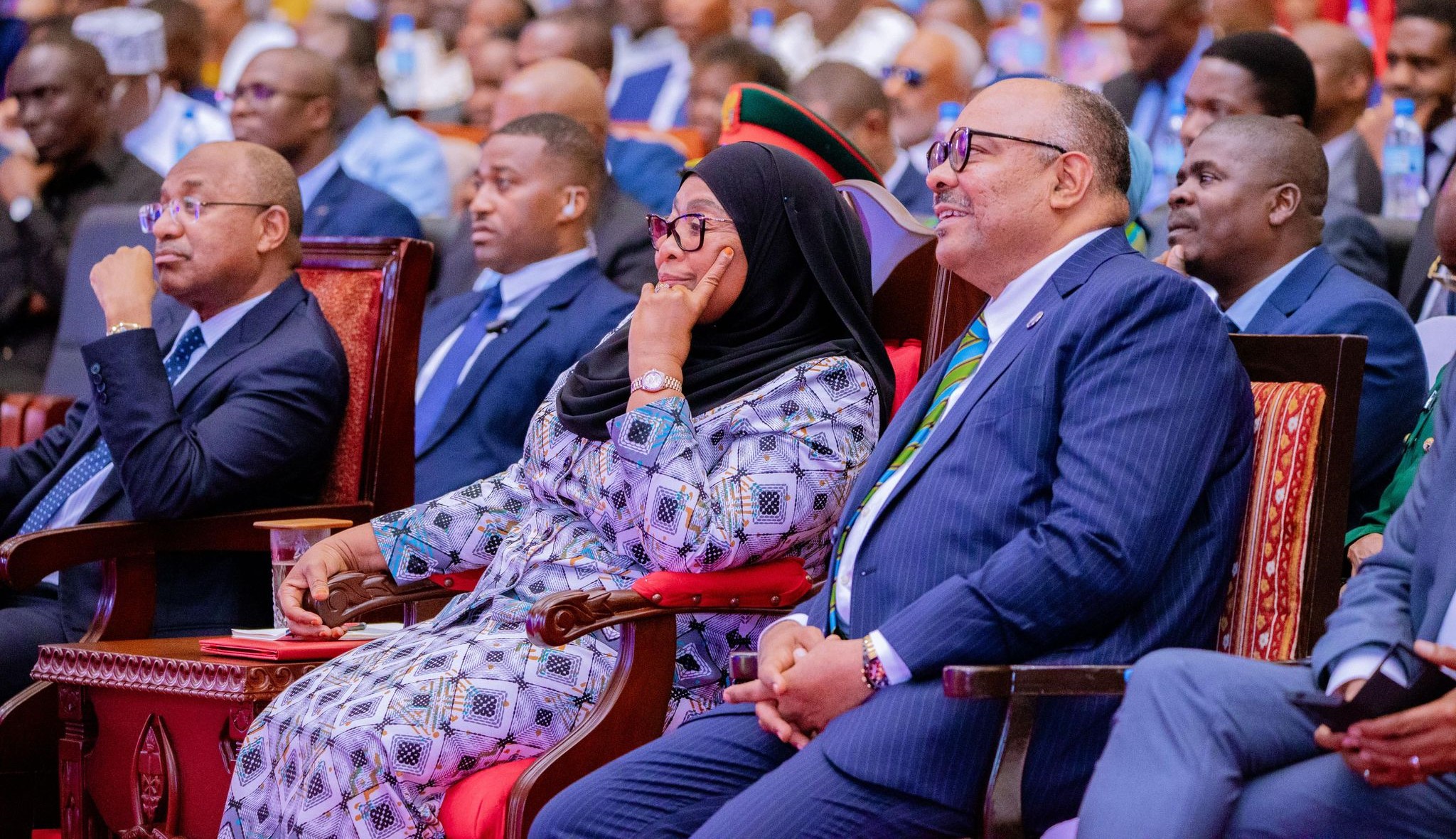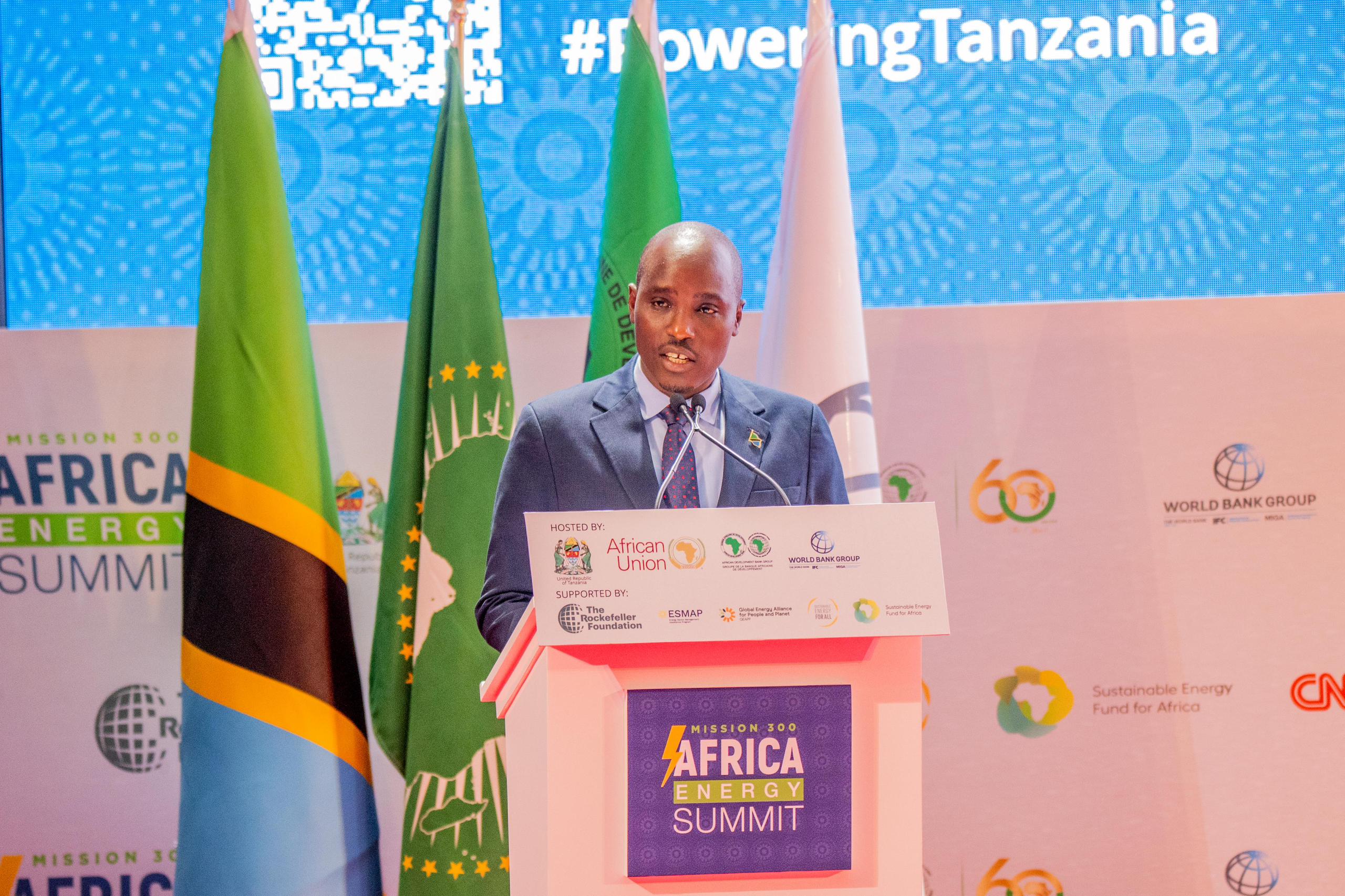Dar es Salaam. Tanzania is poised to integrate geothermal energy into its national grid by 2030, a move that underscores its commitment to sustainable energy development as a key driver of economic transformation.
This commitment was made on Friday by Mr Felchesmi Mramba, the Permanent Secretary of the Ministry of Energy, during a discussion among leaders at the International Conference on Sustainable Energy for All (SEforALL) in Bridgetown, Barbados.
Tanzania’s significant geothermal resources, estimated at over 5,000 MW of electricity and 15,000 MW of thermal energy, present a substantial opportunity to diversify its energy mix and enhance energy security.
Strategic framework and policy support
The government’s commitment is reflected in its Vision 2025 and the National Energy Policy of 2015, which prioritize renewable energy sources as essential for sustainable development.
The integration of geothermal energy aligns with the objectives outlined in the 2020 Energy Master Plan and the “Mission 300” initiative, aiming to provide electricity access to all citizens by 2030 while eliminating greenhouse gas emissions by 2050.
This strategic alignment not only targets energy access but also emphasizes environmental sustainability, highlighting the dual benefits of economic growth and ecological responsibility.
Regional and Global Context
Mr Mramba articulated that 16 regions in Tanzania will benefit from geothermal development, showcasing the government’s intention to create a geographically inclusive energy strategy.
This move is particularly pertinent in the context of global efforts to combat climate change, where transitioning to renewable energy sources is critical.
Tanzania’s participation in SEforALL further illustrates its proactive stance in the global dialogue on energy transition.
By engaging with international stakeholders, Tanzania is positioning itself as a regional leader in renewable energy, capable of attracting investments and expertise necessary for developing its geothermal potential.
Investment attraction and regulatory framework
The establishment of the Geothermal Development Company (TGDC) marks a significant step in operationalizing the government’s geothermal strategy.
By focusing on research and development, the TGDC aims to unlock the full potential of geothermal resources, which is essential for building a sustainable energy infrastructure.
Mr Mramba emphasized the government’s commitment to creating a robust policy and regulatory environment to attract foreign investment.
This proactive approach is crucial, as it mitigates investment risks and enhances investor confidence in the sector.
Challenges and considerations
Despite the promising outlook, several challenges remain.
The transition to geothermal energy requires substantial upfront investment and technological expertise, which may be a barrier for attracting international investors.
Additionally, there is a need for capacity building within local institutions to ensure that they can effectively manage and sustain geothermal projects.
Moreover, as highlighted by Konris Maynard, the Minister for Energy from St. Kitts and Nevis, there is a pressing need for countries to prepare for the transition from fossil fuels to renewable energy sources.
This involves not only infrastructure development but also public awareness and stakeholder engagement to ensure a smooth transition.

